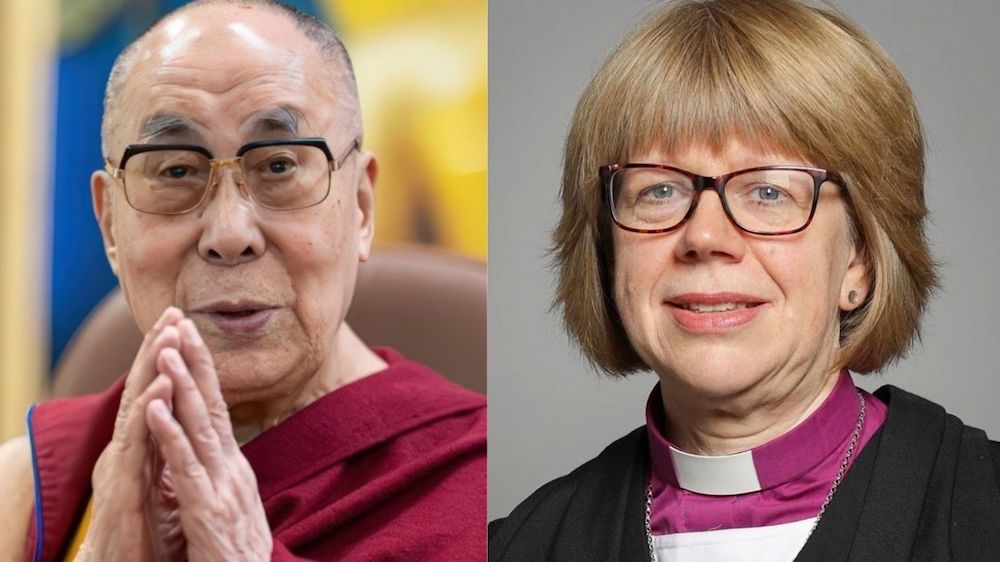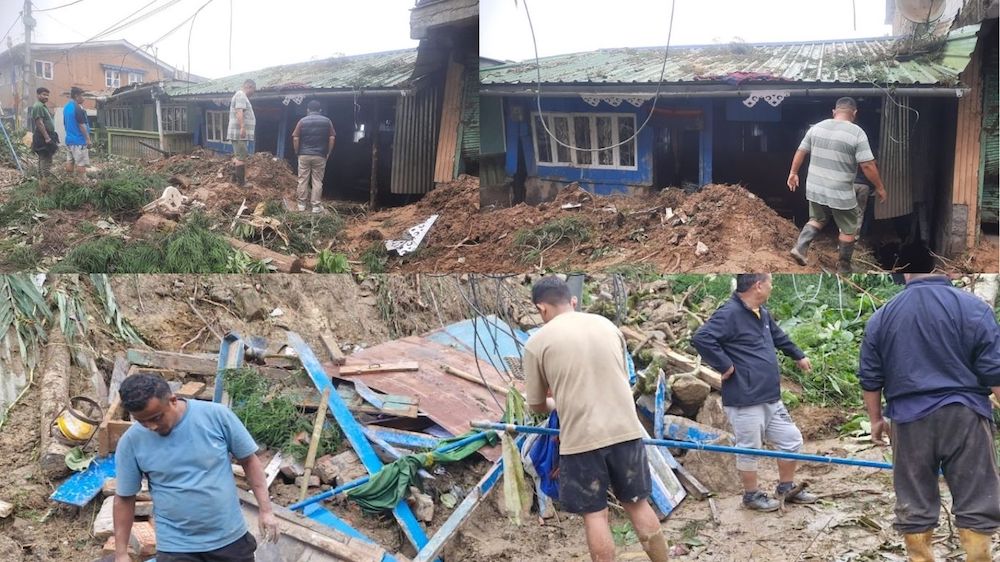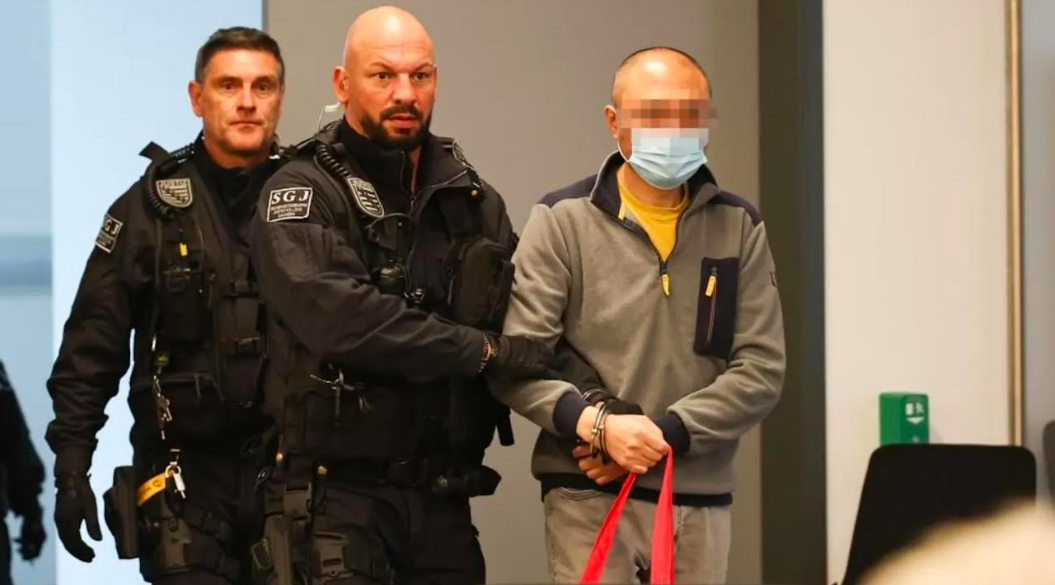Tenzin Nyidon
DHARAMSHALA, July 25: New York based Studio Nyandak, an architecture and engineering firm based in New York City, in collaboration with the Library of Tibetan Works and Archives (LTWA), hosted a two-day conference from July 24–25 titled “Architectural Heritage and Dharamsala Earthquake Resilience.” The conference brought together architects, engineers, and experts to explore the critical intersection of preserving Tibetan architectural traditions and preparing for the region’s high seismic vulnerability.
Geshe Lhakdor, Director of LTWA, opened the conference by stressing the urgent need for awareness. “Most Tibetans may not realize how vulnerable Dharamshala is to seismic activity. The 1905 Kangra earthquake caused around 20,000 deaths despite the region’s small population at the time. Today, Dharamshala falls under seismic zones 5 and 6, and experts warn that a future quake could reach a magnitude of 7 to 9,” he said.
He emphasized that the intent was not to induce fear but to build preparedness. “Dharamshala is not just any town—it is the residence of His Holiness the Dalai Lama and the seat of the Tibetan government-in-exile. A major earthquake here could have devastating consequences for the entire Tibetan exile community. That’s why we must take this threat seriously.”
Structural engineer Dechen Tsogyal from Studio Nyandak presented findings in a session titled “Seismic Risk Assessment,” which focused specifically on Dharamshala. She noted that the region lies in seismic zones 4 and 5 under Indian codes, making it highly prone to large-scale earthquakes. Referencing the 1905 Kangra earthquake with a magnitude of 7.8, Tsogyal said that, according to geological studies, a similar event is expected to occur again within the next 50 to 200 years.
Citing research by experts like Nicholas and Roger, Tsogyal pointed to an estimated 7.5+ magnitude quake likely within 50-200 years, while a study by Mridula from IIT Roorke predicts an 8+ magnitude quake between 2003 and 2109. She also referenced a hypothetical scenario by former National Seismic Advisor Prof. A.S. Arya, who estimated that a 1905-level quake striking in 1991 could have caused up to 65,000 deaths in winter at night if buildings were non-engineered, compared to just 12,000 in engineered structures. Tsogyal emphasized that while the exact timing of such a quake is uncertain, the key lies in preparedness, awareness, and adopting sustainable, earthquake-resistant construction practices.
Speaking to Phayul, structural engineer Tenzin Choeyang said the Central Tibetan Administration (CTA) has recently been informed of the risks. “We visited their office two days ago and introduced our Rapid Visual Screening (RVS) process. We’ve already begun assessments at Tibetan Children’s Village (TCV) and Delek Hospital, and will soon map the CTA’s buildings. Once the full assessment is done, we’ll present a comprehensive plan to help guide their earthquake preparedness efforts.
Studio Nyandak, while operating commercially in New York, also runs a satellite office in Dharamshala near Nechung Monastery. This local office focuses on pro-bono work for the Tibetan government-in-exile, TCV schools, monasteries, and charitable organizations. It also engages in research on Tibetan and Western Himalayan religious and vernacular architecture.
Founder Tenzin Nyandak told Phayul that the studio recently conducted Rapid Visual Screening (RVS) of buildings at Upper TCV, assessing their earthquake risk levels with full cooperation from the administration. Similar assessments are planned for Delek Hospital and Men-Tsee-Khang, though funding remains a major challenge, especially for retrofitting high-risk buildings.
He acknowledged support from figures like Geshe Lhakdor, who previously collaborated with GeoHazards International on seismic assessments. Studio Nyandak is also involved in structural planning for Tibetan settlements across India, including Tezu, Tawang, Kollegal, Bylakuppe, and Mundgod, ensuring engineering standards, soil testing, and seismic safety are incorporated into new constructions. However, their role in older projects has been limited due to pre-existing plans and construction already underway before their involvement.










